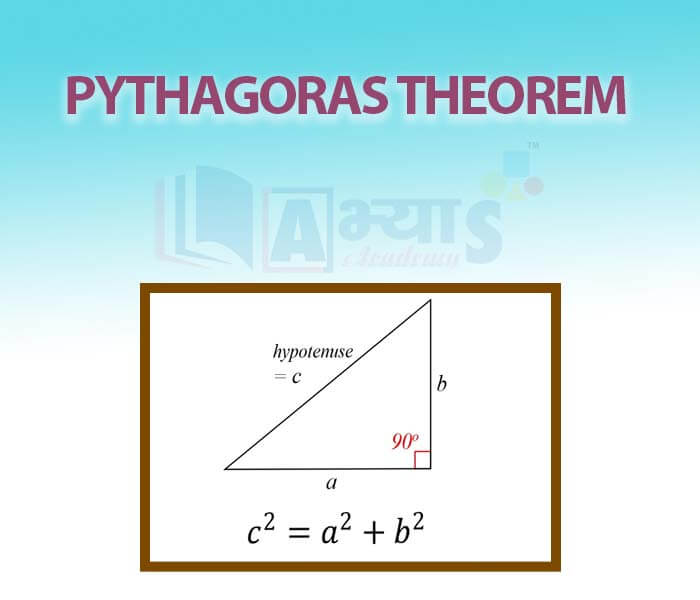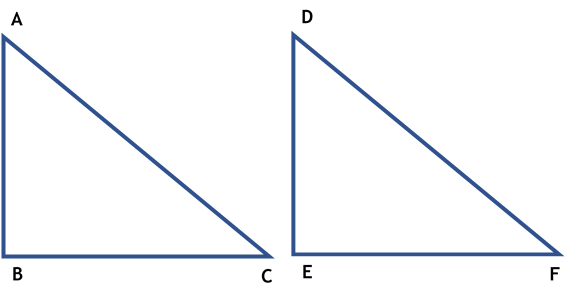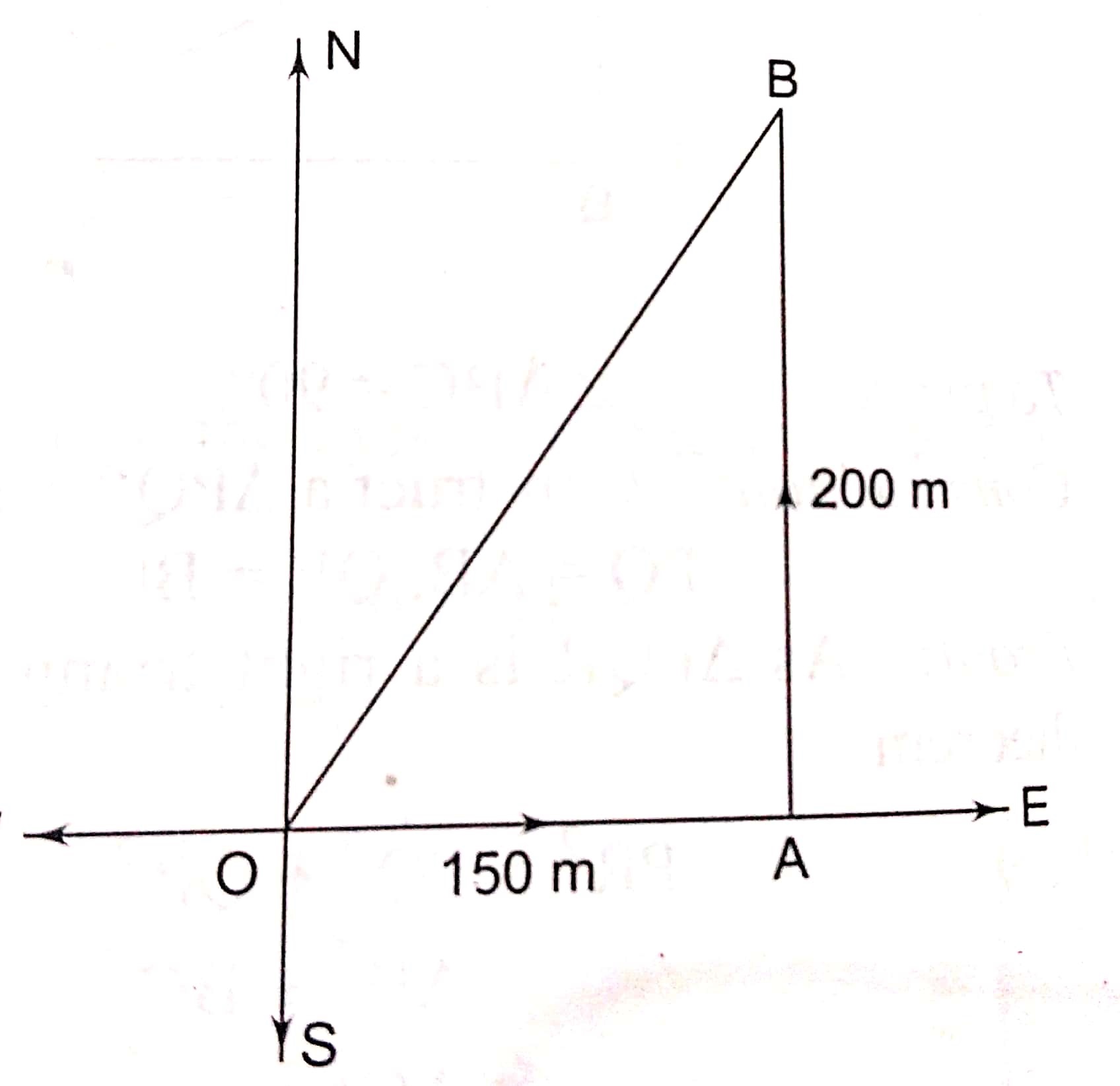Pythagoras Theorem













Pythagoras Theorem
Pythagoras Theorem:
Pythagoras, the famous Greek philosopher, lived about 572 B.C. to 501 B.C. He proved the relation between the lengths of the sides of a triangle, Although, this theorem was known to the Babylonians 1000 years ealier, but, Pythagoras is believed to have the first to discovered a proof of this theorem. However, long ago ( 800 B.C.), the Indian mathe,atician Baudhaya had stated and proved this property of a right angled triangle.
Let us have a look at the fig. is a right triangle, right angled at C, so that AB is the hypotenuse and AC and BC are the sides of the right triangle,
Then,
i.e.,
Given: A triangle ABC right angled at B To Prove: Construction: From B draw BD Proof: Since BD
Now
Adding Eq (1) and (2) Hence Proved |
|
Example 1: The lengths of two sides of a right triangle are 5 cm and 12 cm. Find the length of the hypotenuse.
Solution: Suppose BC = 5cm and AC = 12 cm.
By Pythagoras theorem,
Length of the hypotenuse = 13 cm.
Converse of Pythagoras Theorem:
THeorem: In a triangle if the square of one side is equal to the sum of squares of the other two sides, then the angle opposite to the first side is a right angle.
Given: A triangle ABC such that To Prove : Construction : Construct a triangle DEF such that DE= AB, EF= BC and Proof: Since Since DE = AB and EF = BC replacing them in the above equation But DF = AC Now in AB = DE [By Construction] BC= EF [By Construction ] DF = AC [Proved Above]
Hence |  |
Illustration: ABC is an isosceles triangle with Ac = BC. If . Prove that ABC is aright triangle.
In AC = BC and Now Adding But From Converse of Pythagoras Theorem we can say that Triangle ABC is a right angled at C |  |
A man goes 150 m due east and then 200 m due north. How far is he from the starting point?
| |||
| Right Option : B | |||
| View Explanation | |||
If square of one side of triangle is equal to the sum of the square of other two sides then triangle is ______________________. | |||
| Right Option : C | |||
| View Explanation | |||
In fig. length of AE is ________________ | |||
| Right Option : C | |||
| View Explanation | |||
Students / Parents Reviews [10]
A marvelous experience with Abhyas. I am glad to share that my ward has achieved more than enough at the Ambala ABHYAS centre. Years have passed on and more and more he has gained. May the centre flourish and develop day by day by the grace of God.

Archit Segal
7thMy experience was very good with Abhyas academy. I am studying here from 6th class and I am satisfied by its results in my life. I improved a lot here ahead of school syllabus.

Ayan Ghosh
8thMy experience with Abhyas is very good. I have learnt many things here like vedic maths and reasoning also. Teachers here first take our doubts and then there are assignments to verify our weak points.

Shivam Rana
7thAbout Abhyas metholodology the teachers are very nice and hardworking toward students.The Centre Head Mrs Anu Sethi is also a brilliant teacher.Abhyas has taught me how to overcome problems and has always taken my doubts and suppoeted me.

Shreya Shrivastava
8thBeing a parent, I saw my daughter improvement in her studies by seeing a good result in all day to day compititive exam TMO, NSO, IEO etc and as well as studies. I have got a fruitful result from my daughter.

Prisha Gupta
8thIt has a great methodology. Students here can get analysis to their test quickly.We can learn easily through PPTs and the testing methods are good. We know that where we have to practice

Barkha Arora
10thAbhyas is a complete education Institute. Here extreme care is taken by teacher with the help of regular exam. Extra classes also conducted by the institute, if the student is weak.

Om Umang
10thIt was good as the experience because as we had come here we had been improved in a such envirnment created here.Extra is taught which is beneficial for future.

Eshan Arora
8thOne of the best institutes to develope a child interest in studies.Provides SST and English knowledge also unlike other institutes. Teachers are co operative and friendly online tests andPPT develope practical knowledge also.

Aman Kumar Shrivastava
10thAbhyas Methodology is very good. It is based on according to student and each child manages accordingly to its properly. Methodology has improved the abilities of students to shine them in future.


